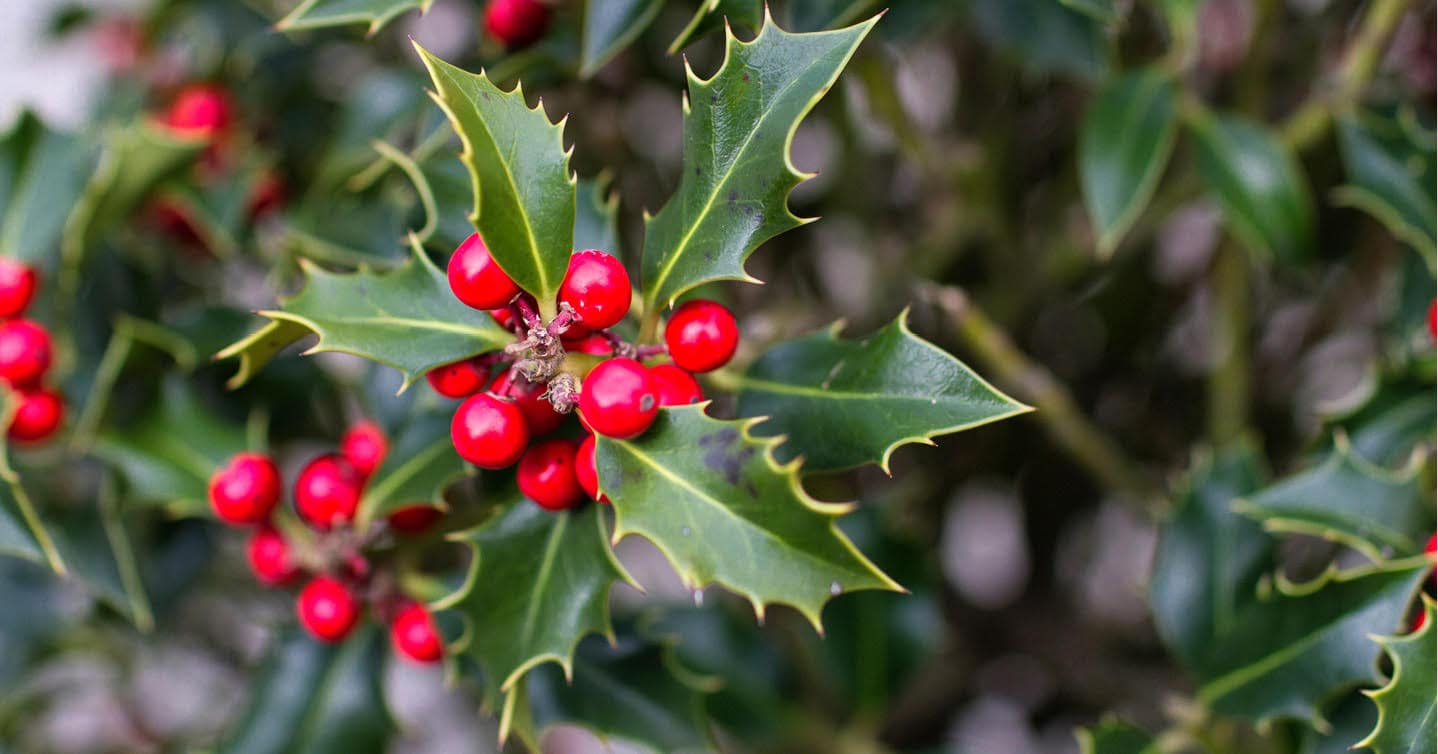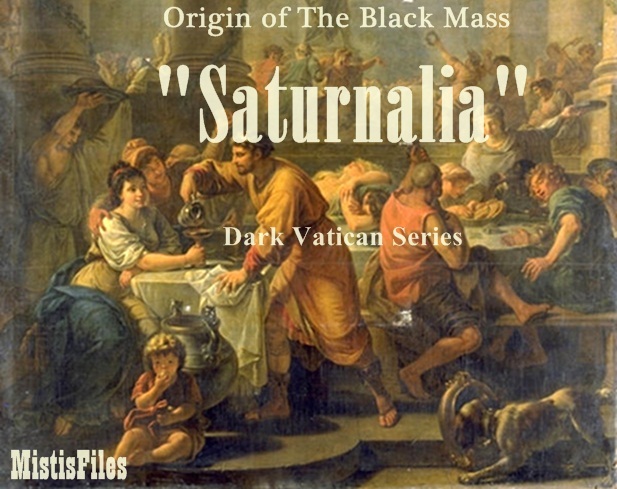


Saturnalia, a holiday in honor of Saturn, the god of agriculture, was a weeklong celebration in the days leading up to the winter solstice.

Roman Holidays: Ancient Romans held several celebrations around the time of the winter solstice. READ MORE: 8 Winter Solstice Celebrations Around the World Stonehenge, which is oriented toward the winter solstice sunset, may also have been a place of December rituals for Stone Age people. Some archaeologists have theorized that these tomb-like structures served a religious purpose in which Stone Age people held rituals to capture the sun on the year’s shortest day. Neolithic monuments, such as Newgrange in Ireland and Maeshowe in Scotland, are aligned with sunrise on the winter solstice. Humans may have observed the winter solstice as early as Neolithic period-the last part of the Stone Age, beginning about 10,200 BC. After the winter solstice, days start becoming longer and nights shorter as spring approaches. The winter solstice is the day of the year with the fewest hours of daylight, and it marks the start of astronomical winter. Fire and light are traditional symbols of celebrations held on the darkest day of the year. (The reverse is true in the Southern Hemisphere, where the shortest day of the year occurs in June.) Cultures around the world have long held feasts and celebrated holidays around the winter solstice. In the Northern Hemisphere, it takes place between December 20 and 23, depending on the year. The winter solstice is the shortest day and longest night of the year.


 0 kommentar(er)
0 kommentar(er)
